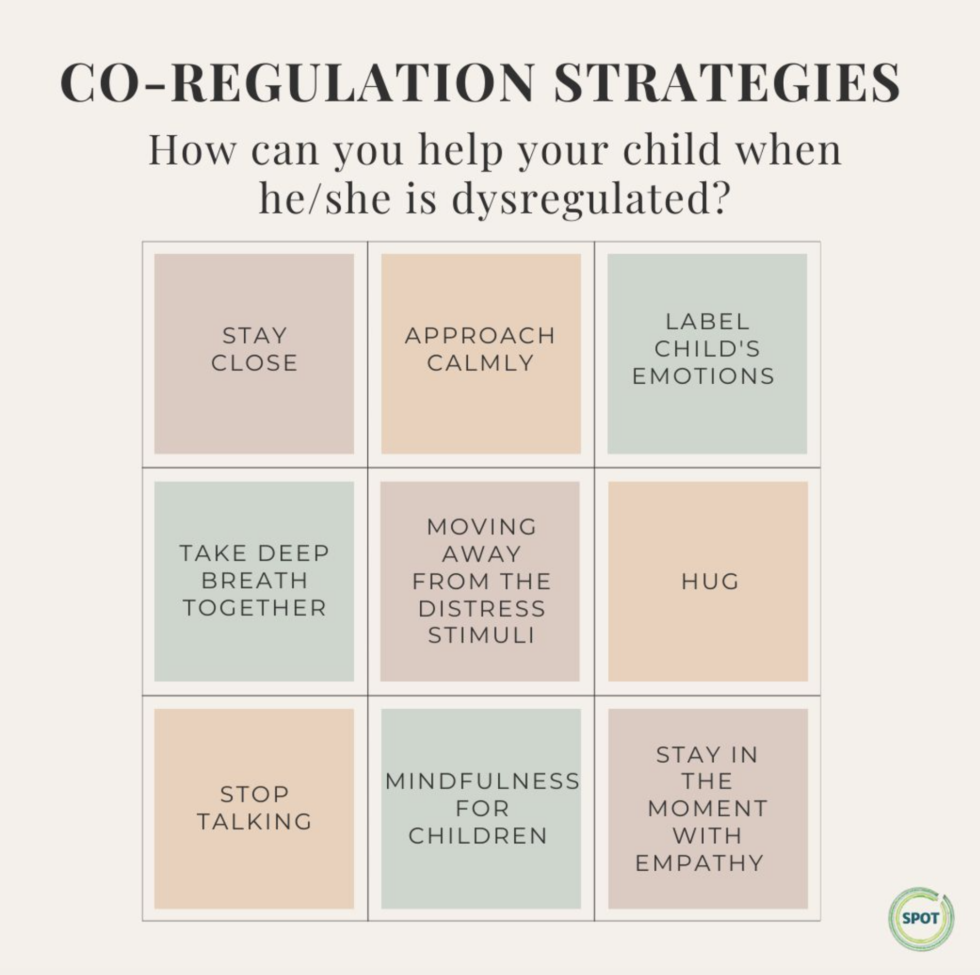Using Window of Tolerance to Understand Your Reactions.
Have you ever noticed how some days, you handle stress calmly, while on other days, even a small comment can feel overwhelming? This has a lot to do with something called the Window of Tolerance – a concept from trauma therapy that helps us understand our emotional reactions.
What is the Window of Tolerances
The Window of Tolerance is a term coined by psychiatrist Dr. Dan Siegel. It describes the optimal zone of arousal where you can function and respond to everyday stress in a balanced way.
Within your window:
- You feel grounded and present.
- You can think clearly and respond calmly.
- Emotions feel manageable, not overwhelming.
When You’re Outside Your Window
When you’re pushed out of your window of tolerance, your nervous system enters survival mode. This happens in two ways:
- Hyperarousal (Fight or Flight)
- You may feel anxious, panicky, angry, overwhelmed, or out of control.
- Your thoughts might race, and your body can feel tense and restless.
- Hypoarousal (Freeze or Shutdown)
- You may feel numb, disconnected, depressed, or spaced out.
- You might withdraw from others or feel like you’re “not really here.
Why Does This Happen?
Your window of tolerance is shaped by:
- Early life experiences (e.g. childhood trauma, neglect, or lack of emotional safety).
- Stress and burnout, which shrink your window temporarily.
- Chronic trauma or emotional neglect, which may keep you outside your window for long periods.
When your nervous system perceives danger or overwhelm, it reacts automatically to protect you – even if there is no actual threat right now.
How to Expand Your Window of Tolerance
The good news is, your window of tolerance is not broken. You can expand it over time with practice and support. Here are some ways:
✅ Grounding Techniques
Focus on the present moment. Feel your feet on the floor. Notice 5 things you can see, 4 you can touch, 3 you can hear, 2 you can smell, and 1 you can taste.
✅ Mindful Breathing
Breathe in for 4 counts, hold for 4, out for 6-8 counts. Longer exhales calm the nervous system.
✅ Self-Compassion Practices
Speak to yourself kindly when you’re overwhelmed. Remind yourself you’re safe right now.
✅ Body Awareness
Stretch, walk, or gently shake out tension to reset your nervous system.
✅ Therapeutic Support
Trauma-informed therapy helps you process underlying wounds that keep your window narrow.
Learning about your window of tolerance helps you:
- Understand your reactions without shame.
- Recognise when you’re outside your window and what you need to return to it.
- Build resilience and emotional regulation over time.
✨ You are not broken. Your nervous system is simply trying to protect you. With awareness and gentle practice, you can expand your window and find steadier ground within yourself.



